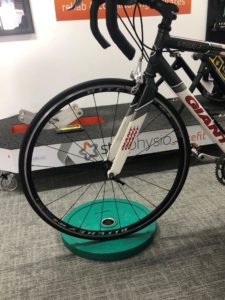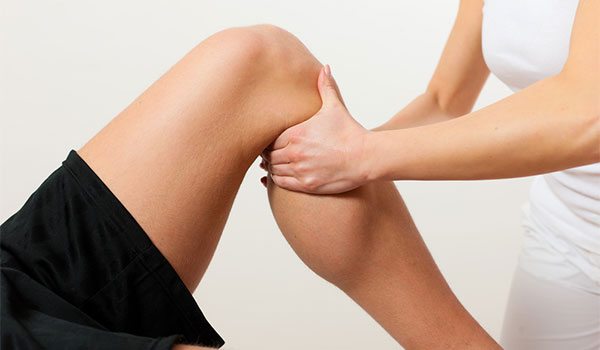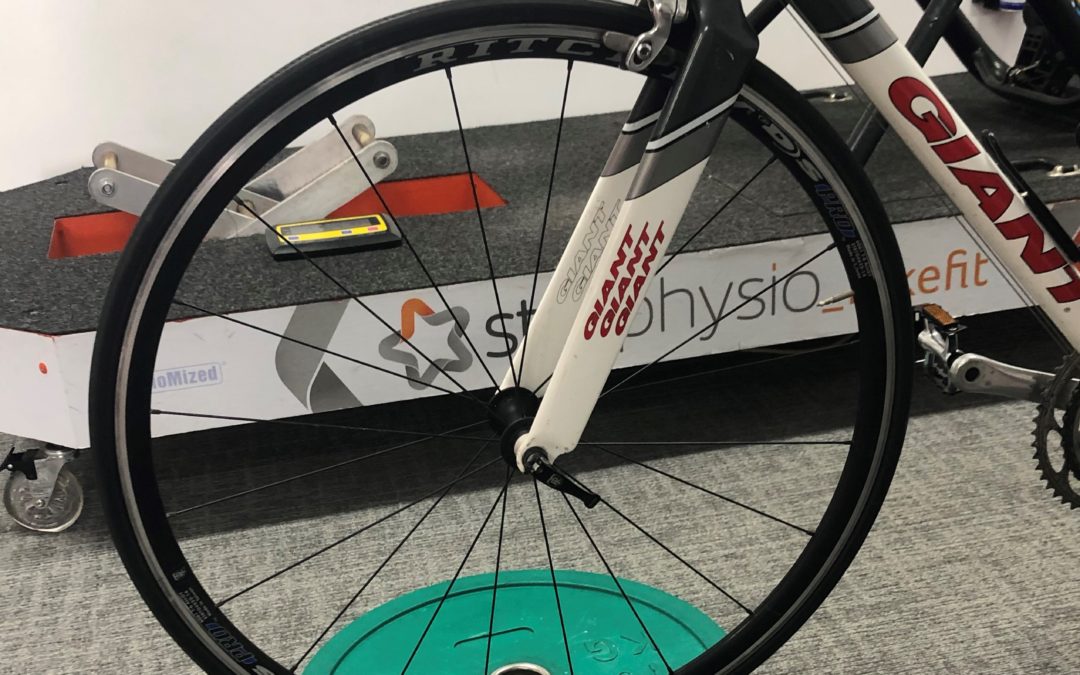TOP INDOOR CYCLING TIPS FOR WINTER
By Dan Davis, Star Physiotherapist, Exercise Physiologist and Bikefit Professional.
Heading into the colder months many of us will resort to cycle training on the stationary bike aka ‘the turbo’. Changing to this setup has a range of benefits. Read below for my top tips to help you get the most out of your winter training!
- Set the bike up level;

Level your bike!
This may seem quite simple, yet many stationary set ups (including older model Wahoo Kickr’s) will end up leaving your bike on a downwards angle which often results in sore hands and saddle pain.
The remedy here is quite simple – Take a spirit level (or phone app) and rest this parallel on the top of your top tube whilst your bike is on flat ground (inside the house for example). Whatever that number is, ensure that when your bike is set up, that number is still hit. For example, I use a 5mm thick book underneath my front wheel to ensure my bike is set level.
-
Understand that the demands differ;
Riding inside means we aren’t able to take advantage of ‘freewheeling’ (e.g., rolling along without pedalling). This means that the demands of riding inside are somewhat higher than outside. A general equation to help understand here is every 1hour on the trainer is equivalent to around 1.5hrs on the road.
The take-away here is to be easy on yourself when ramping up your indoor riding, starting with shorter rides to gauge effort levels and the demand on your legs. For example, if your weekday ride is normally 90minutes, starting with 50-60minutes on the trainer would yield a similar workout to your normal session.
-
Have a plan;
Heading into a session with a plan means you’re far more likely to complete and subsequently enjoy that session. There’s a wide range of apps that provide fantastic platforms to enjoy indoor riding which take away the guesswork when planning a session. A couple of our favourites are Zwift and Trainer Road who both offer free 30 day trials!
If you’re not one for using an app, writing down a plan and putting it somewhere you can see is another useful alternative.
-
Get a bikefit!
Riding a stationary bike or turbo trainer results in a far more ‘static’ position when we ride meaning we have far less variance in position (e.g. changing hand or saddle position) due to road slope and conditions as well as traffic and stops.
Often this can amplify discomfort on the bike as well as increase risk of knee pain. The key here is to have your bike set up properly to start with to ensure forces on various parts of the body are appropriate.
Bikefit at Star Physio
At Star Physio, we make use of the full array of bikefit technology from our German partners Gebiomized in the hands of physiotherapists who are expert bike fitters. This enables us to help you find your perfect position with confidence.
Book a bikefit today here or check out more about our bikefit service and technology here!
Questions from the Clinic- What footwear should I wear and should I forefoot run?
"Questions from the Clinic- What footwear should I wear and should I forefoot run?" By Dr James Debenham PhD), Director and Senior Physiotherapist, Researcher, Elite Triathlete and Coach. Star Physio West Perth. https://starphysiowa.com.au In my role at Star Physio,...

Recovering from Common Cycling Injuries
Unfortunately, as with all sports, injuries are a reality for many cyclists. While cycling is an excellent low impact cardio workout, riding can lead to wear and tear on the body. Today, we’ll look at 3 of the most common cycling injuries: Knee pain Lower back...

Tips for Handling Long Rides
About to set off on your first long ride? Long rides are one of the true joys of cycling, but it's important to take your time before throwing yourself into the deep end. To help you feel more prepared, we’ve put together the ultimate guide to handling long bike...

4 Reasons To Take Up Cycling
People all over the world love cycling! It is a good form of regular exercise as well as an alternative option for the daily commute. Cycling has many physical and mental health benefits for individuals, as well as being better for the environment, easy to do...

